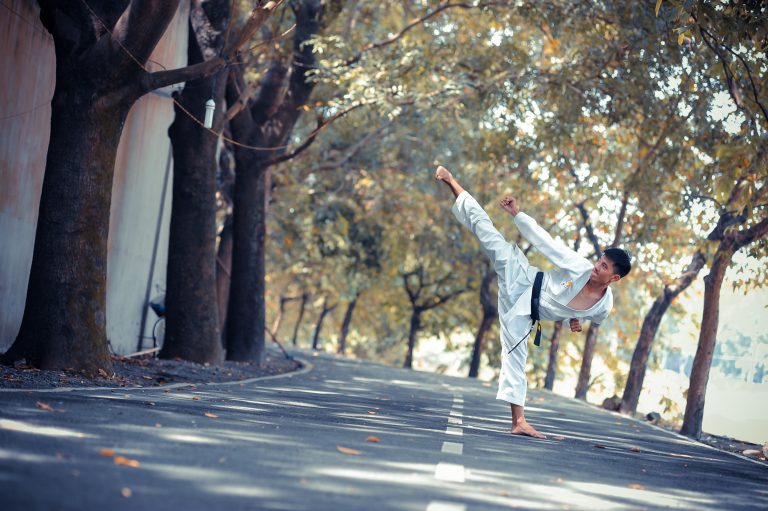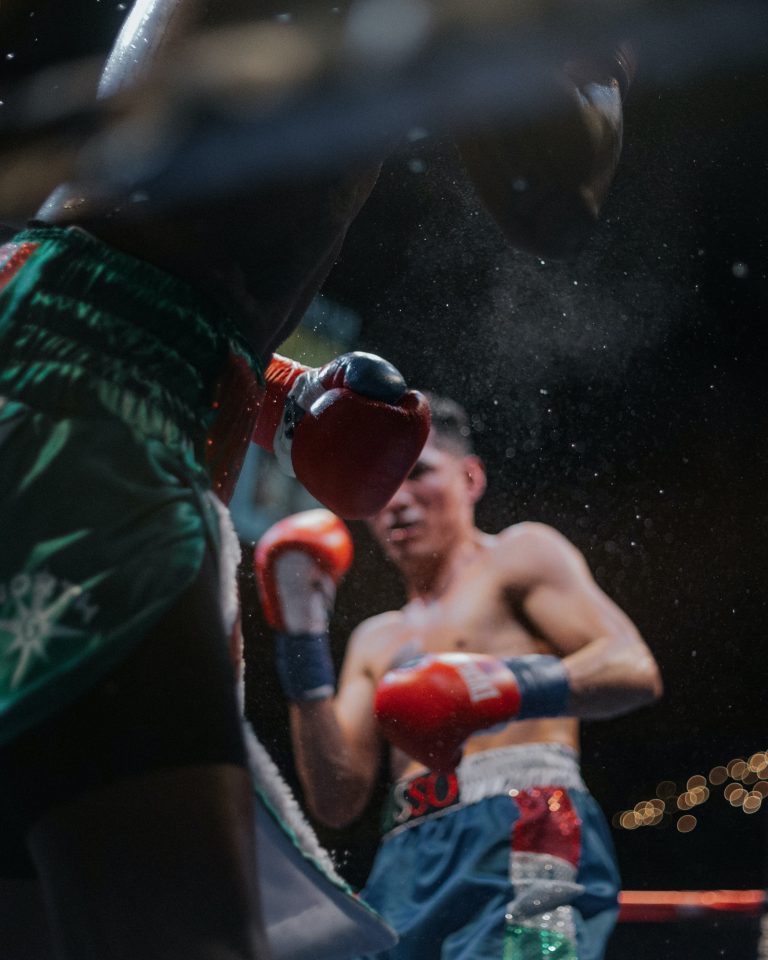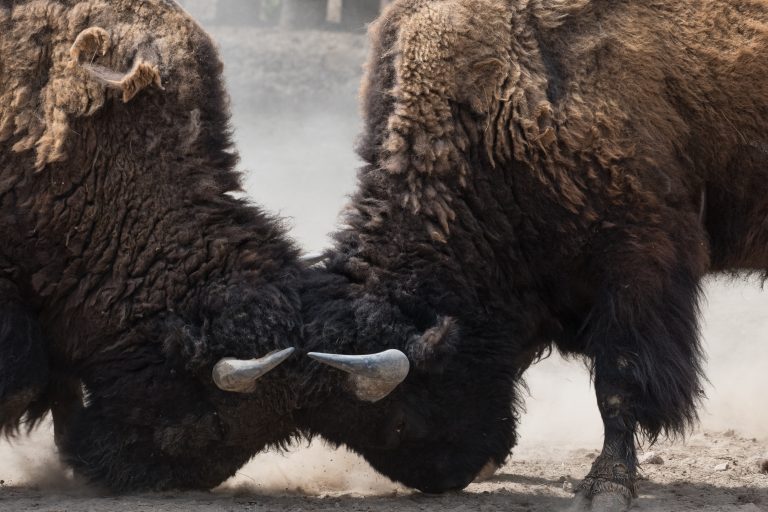What Karate Belt is After Yellow?
Karate is a martial art that is popular all over the world, with its origins rooted in the Ryukyu Kingdom in Japan. It is a discipline that requires patience, focus, and dedication. One of the key ways to measure progress and proficiency in karate is by earning belts. Each belt symbolizes a different level of mastery, and practitioners work hard to achieve the next rank. In this article, we’ll be addressing a common question asked by many karate students, “What karate belt is after yellow?”
The Belt System in Karate
Before diving into the answer to the question, let’s first take a quick look at the karate belt system. Karate uses a progression system of colored belts that signify different levels of skill and mastery. The belts are usually made of cotton or silk, and colors range from white to black.
Here are the different colored belts, in order of increasing rank:
- White
- Yellow
- Orange
- Green
- Blue
- Brown
- Black
What Karate Belt Comes After Yellow?
So, the big question – what belt comes after yellow? The answer is orange. After achieving the yellow belt, karate students will move on to the orange belt.
It is important to note that the transition from yellow to orange belt signifies a visible increase in a student’s skillset. Students who have earned an orange belt have demonstrated their skill in basic strikes, blocks, and other fundamental techniques in karate.
Ranking Up: Achieving the Orange Belt
Now that we know the next belt in the progression system, let’s talk about what it takes to earn the orange belt. It is essential to remember that earning a new belt is not a race, and the progression system in karate is designed to be slow and methodical.
To earn an orange belt, a student will have to sharpen their skills in basic techniques, which includes stances, footwork, punches, blocks, and kicks. Orange belt students will also have to learn new techniques such as elbow strikes, knee strikes, and sidekicks.
Another critical aspect is learning the kata. Kata is a series of movements that mimic a fight sequence against imaginary opponents. These movements require focus, coordination, and balance, and mastery of the kata is essential to progress to the next rank.
Lastly, earning an orange belt also requires a deeper understanding of the philosophy and history of karate. Students should be able to understand and demonstrate the discipline, respect, and humility that are central to the practice of karate.
Frequently Asked Questions about Karate Belts: What Belt Comes After Yellow?
Karate is a martial art that emphasizes self-defense, personal development, and physical fitness. One of the essential aspects of karate is belt ranking, which is a visible sign of progress and achievement for students. As a beginner, you will start with a white belt and progress through the different belt colors, each signifying the mastery of specific skills and techniques. If you’re wondering what karate belt is after yellow, this post is for you. Here are some of the most frequently asked questions about the subject.
What Does A Yellow Belt Signify?
A yellow belt in karate signifies that the student has learned the basic techniques and has demonstrated some ability in executing them. The yellow belt is the first significant promotion in karate, corresponding to a start of a new level of learning. The yellow belt indicates that the student has progressed beyond the beginner level.
What Belt Comes After Yellow?
After earning the yellow belt, the next belt in karate varies depending on the specific school or style that you follow. However, in most traditional karate schools, the ranking system follows this order:
1. Orange Belt
2. Green Belt
3. Blue Belt
4. Purple Belt
5. Brown Belt
6. Black Belt
The above is in ascending order, and students are expected to achieve a certain level of proficiency before they can be promoted to the next rank. The time required between promotions increases as the student’s belts advance through the ranking system.
What Are The Requirements for Advancing to The Orange Belt?
The requirements for advancing to the orange belt in karate differs depending on the specific school or style that you follow. However, some of the common requirements may include:
1. Minimum Training Time – You need to complete a minimum number of classes or training hours before you qualify to test for the next belt.
2. Knowledge of Basic Techniques – You need to demonstrate an understanding of basic karate techniques such as punches, kicks, blocks, stances, and movements.
3. Basic Karate Kata – You need to demonstrate some proficiency in performing the basic kata or forms of the karate style.
4. Sparring – You should demonstrate some proficiency during sparring sessions with your training partners.
How Long Does It Take to Get an Orange Belt After Yellow?
Achieving the orange belt depends on several factors such as the frequency of training, the school’s requirements, and the student’s individual progress. It is typically harder to progress through the higher ranks, and the time required between promotions increases as you move up the ladder. Generally, students need to train for at least six months to a year before they are ready to test for the next belt.
What Are The Benefits of Progressing to The Next Belt?
Progressing to the next belt in karate comes with several benefits, including:
1. A sense of accomplishment and progression
2. Increased motivation to continue training
3. Access to advanced techniques and training
4. Opportunities to learn from more experienced instructors and peers
5. Improved physical fitness, endurance, and flexibility
What Karate Belt is After Yellow?
When it comes to karate, the belt system is an important part of the journey. Belts signify a student’s progress and indicate their level of mastery over the art. The ranking system is hierarchical, with each belt representing a certain level of proficiency. Therefore, it’s essential to understand the progression of belts and the requirements for achieving them.
If you have already earned your yellow belt in karate, you might be wondering what the next belt is and how to earn it. In this blog post, we will discuss what karate belt comes after yellow and what you need to do to achieve it.
What Belt Comes After Yellow in Karate?
The belt that comes after yellow in karate is orange. In most traditional martial arts, including karate, the belt system is usually as follows:
1. White
2. Yellow
3. Orange
4. Green
5. Blue
6. Purple
7. Brown
8. Black
Note that some schools may have a slightly different system, but this is the most common ranking system in traditional karate.
How to Earn an Orange Belt in Karate
Earning an orange belt in karate requires dedication, perseverance, and discipline. The requirements for earning an orange belt will vary depending on the school and the particular style of karate you are studying. However, generally speaking, the following are the things you need to do to earn an orange belt:
1. Attend Regular Classes
To progress in karate, it’s crucial to attend regular classes. Regular attendance will help you identify and work on areas where you need improvement. It will also help you develop good relationships with your instructors and fellow students, which are essential for your martial arts journey.
2. Learn and Master New Techniques
In karate, each belt has its own set of techniques that students must learn and master before they can progress to the next level. As you work towards earning your orange belt, you will need to learn and master techniques such as kicks, strikes, blocks, and kata (a choreographed series of movements).
3. Demonstrate Your Skills and Knowledge
When it’s time to test for your orange belt, you will need to demonstrate your skills and knowledge in front of the instructors and your fellow students. You will be tested on your techniques, katas, and your understanding of karate concepts and principles.
Conclusion
Earning an orange belt in karate requires dedication, hard work, and discipline. However, it’s an achievable goal for anyone who is committed to their martial arts journey. Remember to attend regular classes, learn and master new techniques and demonstrate your skills and knowledge when it’s time for testing. With these things in mind, you can confidently work towards earning your orange belt and progressing in karate.
Inhaltsverzeichnis






